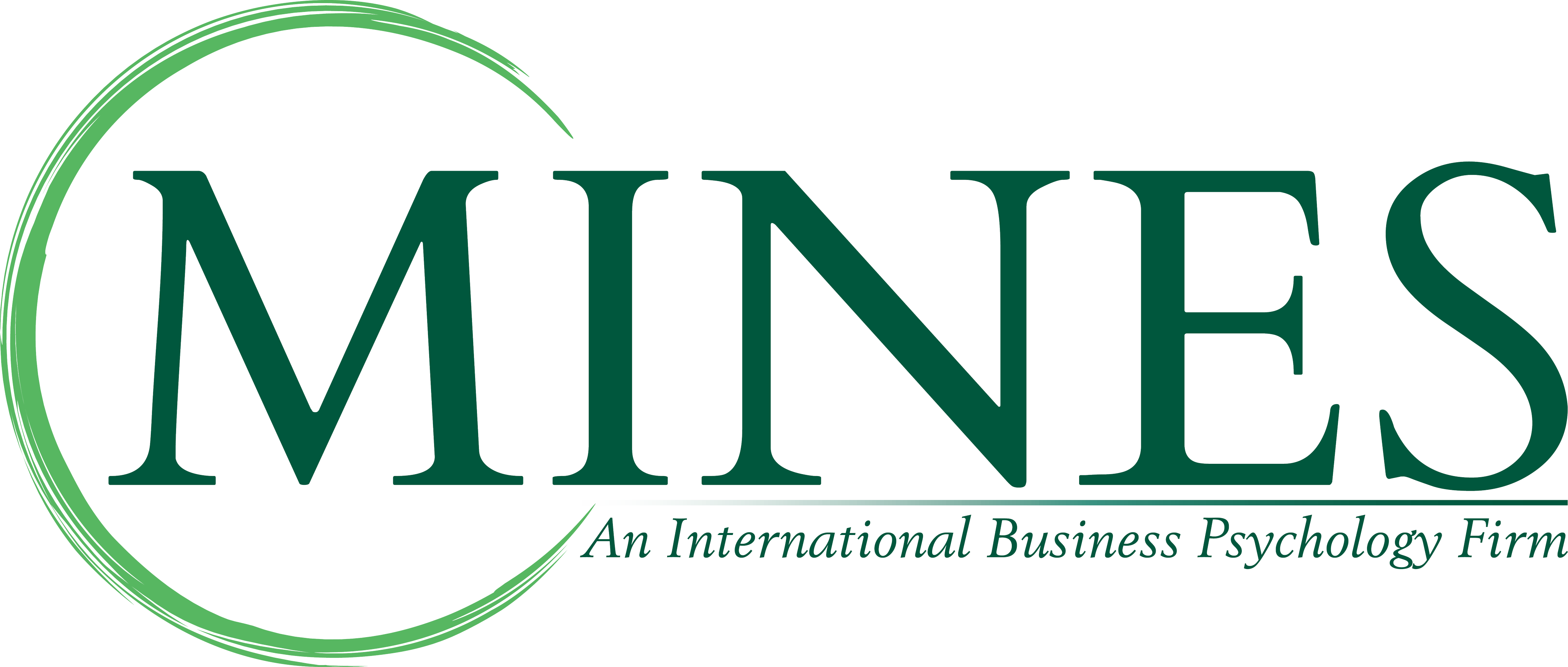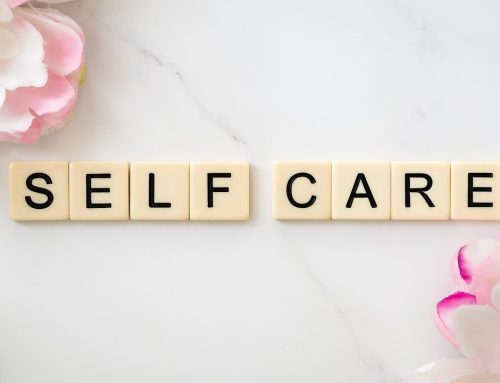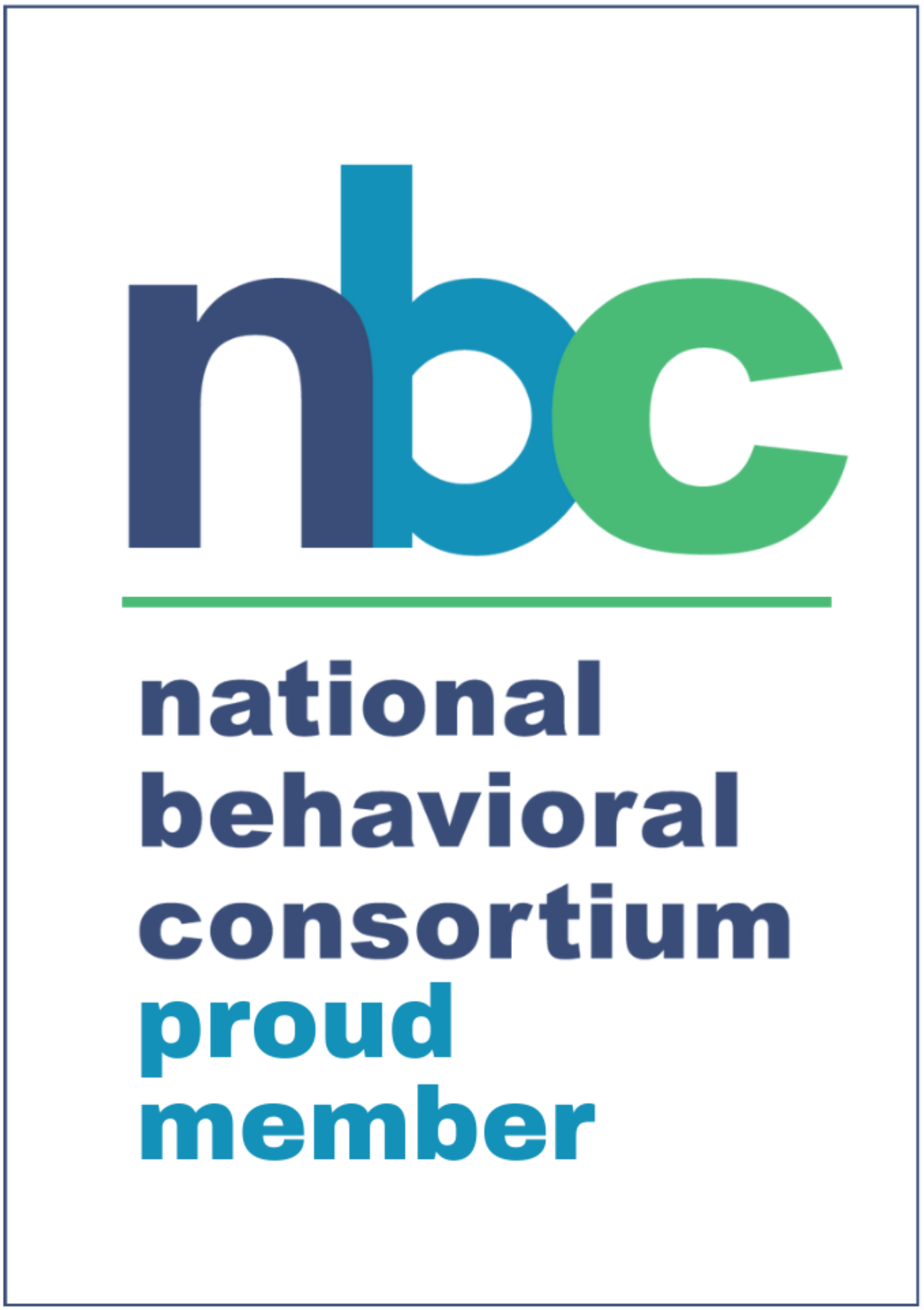| | Communicate with Kindness! | |
“Sometimes it takes only one act of kindness and caring to change a person’s life.” – Jackie Chan Welcome to the December 2020 edition of TotalWellbeing, your guide to the 8 dimensions of wellbeing. We’re going to end this crazy year with a look at kindness and communicating respectfully with others. Sometimes communication with others is hard, even more so to do with kindness and respect. However, effective communication, especially when respectful/kind, can lead to more effective conversations, less misunderstandings, and better relationships. This is why it is important to understand the way you communicate as well as the communication styles of others. Check out the tips and articles below for advice on both of these important factors. Also, we want to remind everyone that we are smack dab in the middle of the holiday season which can be anything but peaceful and relaxing. In fact, it is one of the most stressful times of the year. If you or any of your household members are feeling the holiday strain this year, please give us a call and we can help with work/life balance needs, financial concerns, and stress management We are here to help! As a quick reminder, your online portal, PersonalAdvantage, also has helpful articles, tips, and resources on being kind, dealing with those that are not so kind, and communicating effectively. Please log on today for articles, self-help tools, health assessments, and more. To your total wellbeing (and Happy Holidays!) The MINES Team Keys to Effective Communication In order to connect with people and help them understand where you’re coming from, you have to do more than just state your point. Communication is complex, and often learning how to communicate effectively requires practice and skill. Fortunately, there are specific things you can do to build your communication toolbox. Follow the suggestions below to learn some of the key techniques and become a more thoughtful and effective communicator. Create an Atmosphere of Trust
Get Your Thoughts Together
Adjust to Your Audience
Invite Feedback
Use Appropriate Tone of Voice and Body Language
Remember, your Employee Assistance Program is here to help if you with any stress around difficult conversations or confrontations. This includes counseling, self-help tools, wellness coaching, and more. If you need additional information, or to access services, please call MINES and Associates at 1-800-873-7138 today. Also, PersonalAdvantage has a ton of great resources and FREE webinars. | ||
| Styles of Communication There’s a lot more to communicating than just knowing how to string words together and provide straight-forward answers to questions. It’s important to recognize that there are many different ways to communicate and that each way is dependent upon the individual. Whether you’re a manager working with a team or a team member working with your coworkers to reach a goal, here are the different communication styles you might encounter: The Director
The Team-Player
The Contributor
The Thinker
| ||
Question of the MonthDid you recognize what style of communicator you are from the styles above? Did you determine the styles of your coworkers or managers? Once you recognize the differences between how you and others pass along and interpret information, you can begin to see where there are positive and negative relationships between those styles and how to build solutions to any problems that stem from differences in communication styles. | ||
| If you or a member of your household needs assistance or guidance on any of these wellbeing topics, please call MINES & Associates, your EAP, today for free, confidential, 24/7 assistance at 800.873.7138. | ||
This Month’s FocusFree Webinar:How to Have Difficult and Sensitive Conversations MINESblog:New to TW? Check out our past Blogs! National Alzheimer’s Awareness Update Back to School During the Pandemic Important LinksContact Us | ||
 | MINES does not warrant the materials (Audio, Video, Text, Applications, or any other form of media or links) included in this communication have any connection to MINES & Associates, nor does MINES seek to endorse any entity by including these materials in this communication. MINES accepts no liability for the consequences of any actions taken on the basis of the information provided herein, nor any additional content that may be made available through any third-party site. We found them helpful, and hope you do too! | |












Leave A Comment